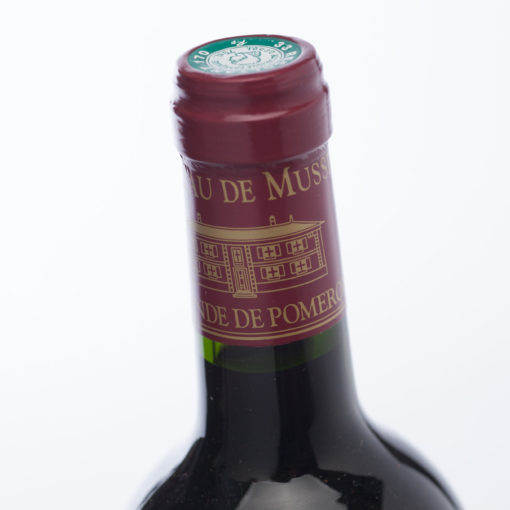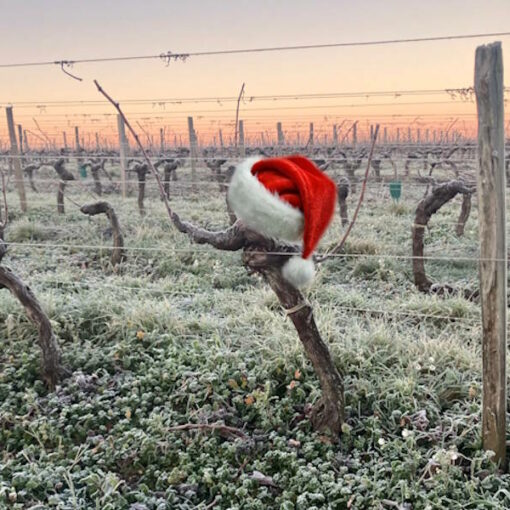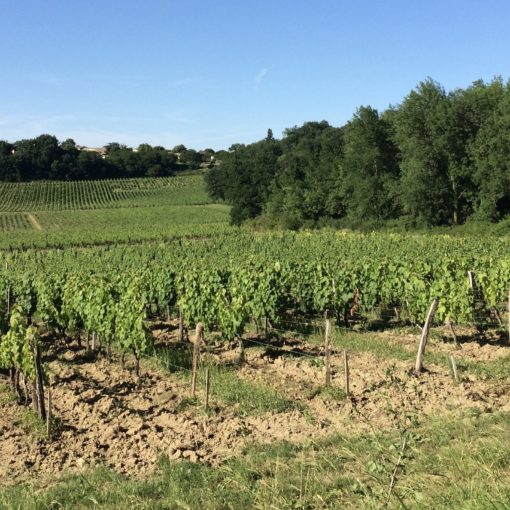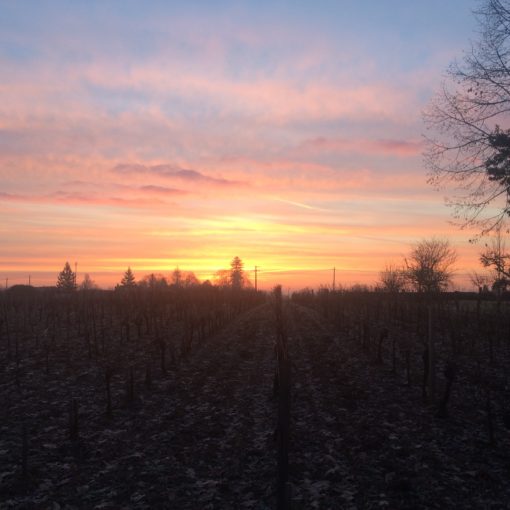In spring, the frost that affected much of Europe didn’t spare Château Chêne-Vieux and Musset. It was during the nights of April 7th, 8th, and 13th that our vines were hit by the frost, but estimating the damage right after the freeze is difficult. We had to wait to better assess the extent, although we won’t be able to make a definitive conclusion until harvest time. Last week, the damage assessment estimated our losses at 80% at Château Musset and 35% at Château Chêne-Vieux. This is a slightly less pessimistic outcome than our initial estimate after the frost…
This spring frost has a significant impact on the harvest. Some buds were frozen and therefore destroyed, and the vine’s regrowth leads to a double development: on one hand, first-generation clusters that survived the frost, and on the other hand, second-generation clusters that developed after the frost. With a 3 to 4-week delay compared to the first, the second will be less fruitful. Therefore, the frost has a quantitative impact, reducing wine production. It also causes significant maturity disparities, both between different plots, depending on whether they were affected by the frost or not, and within the frost-affected plots themselves, complicating the harvest.
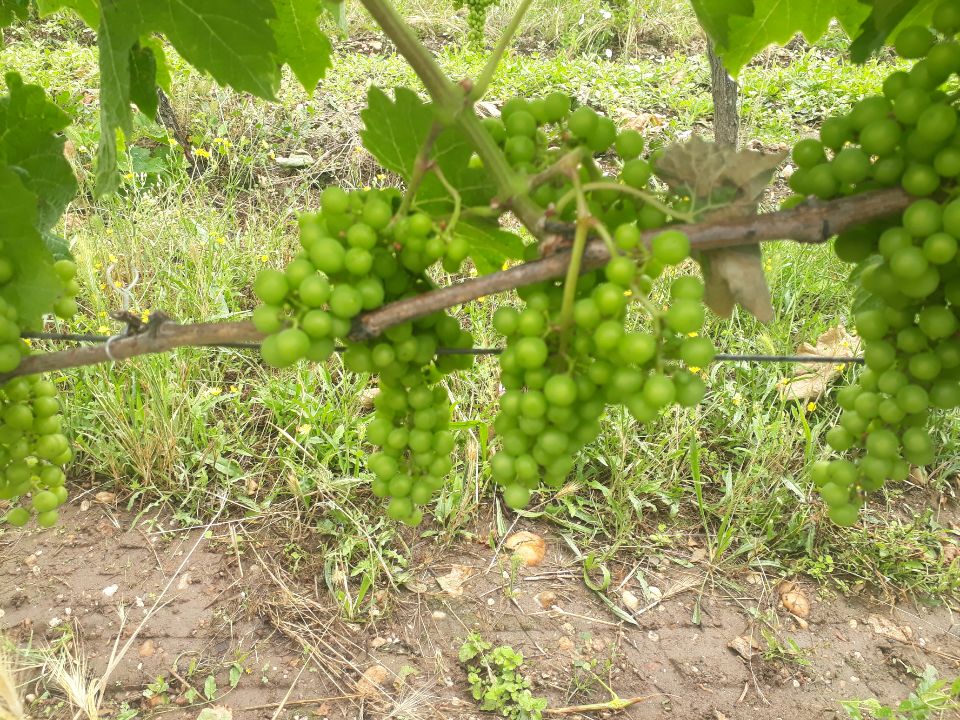
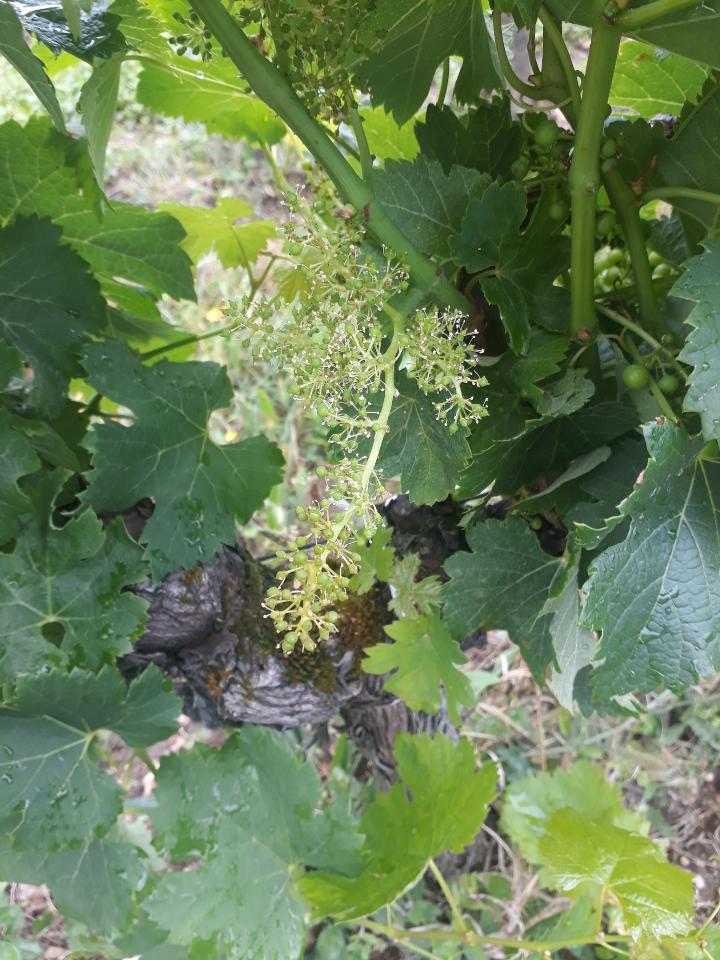
As we mentioned in March 2019, the climate’s evolution in recent years, with milder winters and early budbreak, presents an increased risk of late frosts. The challenge today is to protect our most exposed plots from frost. There are different solutions to combat frost, varying in ecological impact, cost, effectiveness, and labor requirements.
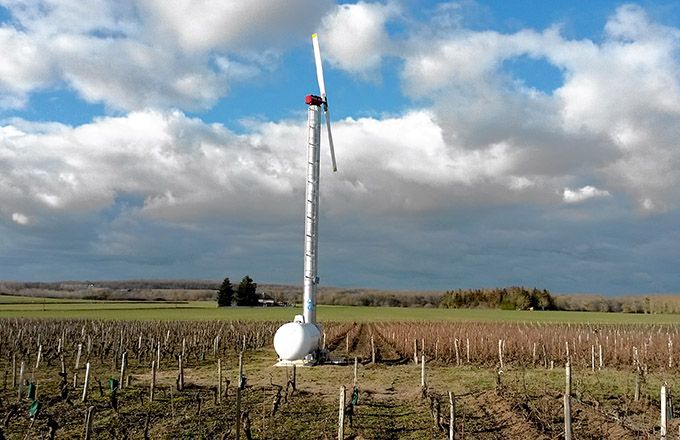
Among them is the anti-frost tower, resembling a windmill, which helps circulate air above the vines. When frost occurs on clear nights, without clouds or wind, the heavier cold air accumulates at ground level, creating a temperature inversion. The temperature remains positive a few meters above the ground, while the soil loses heat. The anti-frost tower, which circulates warmer air downwards, can thus warm the air at ground level.
Protecting a vineyard from frost on a large scale requires cooperation between the winemakers of the same appellation to develop a joint project. The Saint-Emilion Wine Council is studying the creation of a CUMA (Cooperative for Agricultural Equipment Use) to invest in anti-frost towers. This is an initiative that we fully support.
We are exploring all possible solutions to protect our vines from frost and preserve future vintages. In the meantime, it’s time for fruit set (the formation of fruit after flowering), and we hope for a warm and dry summer for the 2021 vintage!
In July, there will be excitement around Puisseguin as the Tour de France will pass near us! Libourne will be the finish of the stage on 16/07, followed the next day by the time trial through the vineyards to Saint-Emilion. We will, of course, be there to cheer on the cyclists, but it’s also a great opportunity to welcome you to Château Chêne-Vieux for a tour of our cellars and a tasting 🙂
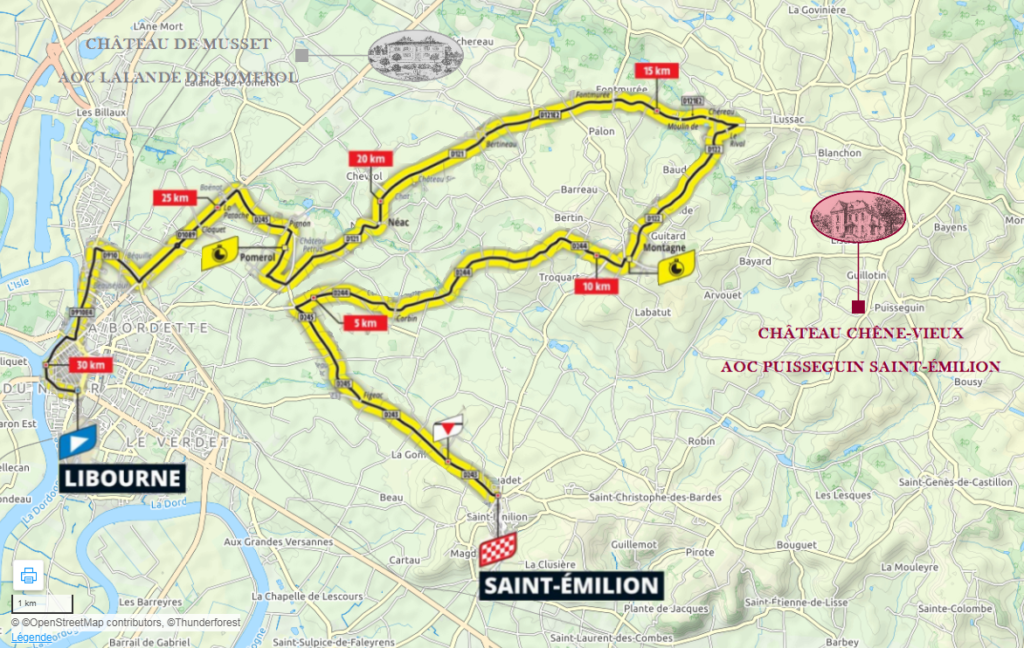
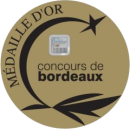
To end on a positive note, the Bordeaux Wines of Aquitaine Competition has just published its list of winners for the year, and we are proud to announce that the 2019 vintage of Château de Musset has won a gold medal. It will be available for sale this fall.
